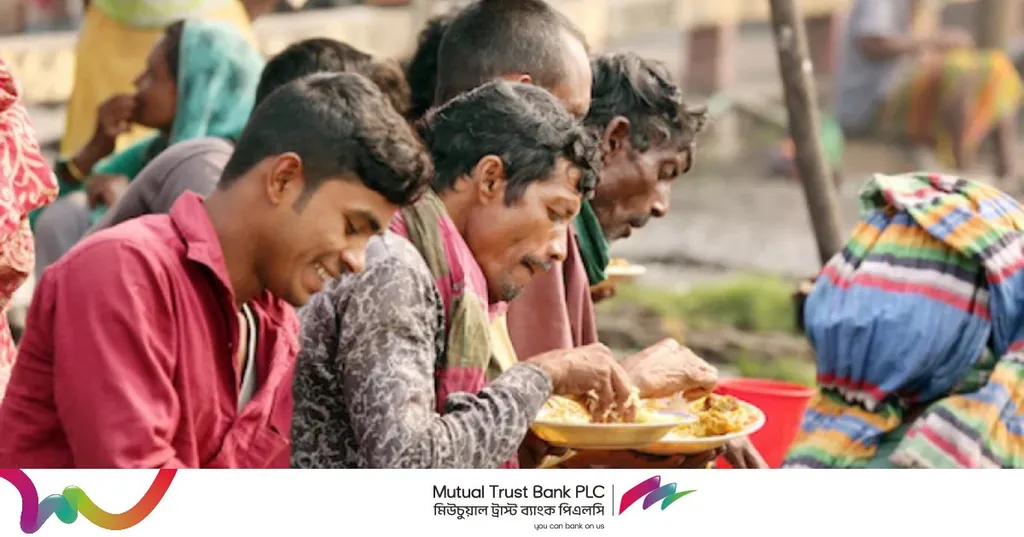In the heart of South Asia, Bangladesh faces a formidable challenge: ensuring food security amidst the volatile dance of climate change and economic instability. A recent study, published in the open-access journal *PLoS ONE* (which translates to “Journal of Open Science”), offers a beacon of insight into how household resilience can bolster food security in rural Bangladesh. The research, led by Ismat Tasnim, delves into the intricate web of factors that contribute to household resilience and, consequently, food security.
The study employs the Resilience Index Measurement and Analysis II framework to construct a Resilience Capacity Index (RCI), shedding light on the nuanced relationship between resilience and food security. Using data from the Bangladesh Integrated Household Survey 2018, Tasnim and her team applied Exploratory Factor Analysis and Structural Equation Modeling to dissect the impact of key resilience components.
The findings are a mixed bag of revelations. Access to basic services, land assets, and farm equipment emerged as positive influencers on households’ resilience capacity. However, the presence of livestock assets had a negative impact, a counterintuitive finding that Tasnim attributes to market volatility, climate vulnerability, and disease outbreaks. “Livestock assets, while valuable, come with their own set of vulnerabilities that can undermine household resilience,” she explains.
Adaptive capacity, the ability of households to adjust to changing circumstances, showed a positive but insignificant influence on RCI. This suggests that without enhancing economic opportunities, institutional support, and inclusive development strategies, adaptive capacity alone may not be enough to foster resilience. “Adaptive capacity is like a muscle; it needs consistent exercise and support to grow stronger,” Tasnim notes.
The study also found that resilient capacity enhances food security metrics such as the Food Consumption Score and Expenditure. This underscores the importance of policies that focus on increasing and maintaining access to basic services, promoting sustainable land management practices, and strengthening social safety nets.
So, what does this mean for the future of food security in Bangladesh and similar regions? The research highlights the need for a multi-pronged approach. Policymakers and practitioners should focus on stabilizing the livestock market, improving veterinary services, and providing subsidies to reduce maintenance costs. Moreover, enhancing economic opportunities and institutional support can bolster adaptive capacity, thereby fostering resilience.
As we grapple with the realities of climate change and economic instability, studies like this one offer valuable insights into building resilient food systems. They remind us that resilience is not a standalone entity but a complex interplay of various factors. By understanding and addressing these factors, we can pave the way for sustainable livelihoods and food security.
In the words of Ismat Tasnim, “Resilience is not just about bouncing back; it’s about bouncing forward. It’s about building capacities that enable households to not only withstand shocks but also thrive in their aftermath.” This research, published in *PLoS ONE*, is a step in that direction, offering a roadmap for building resilient households and, consequently, resilient food systems.

